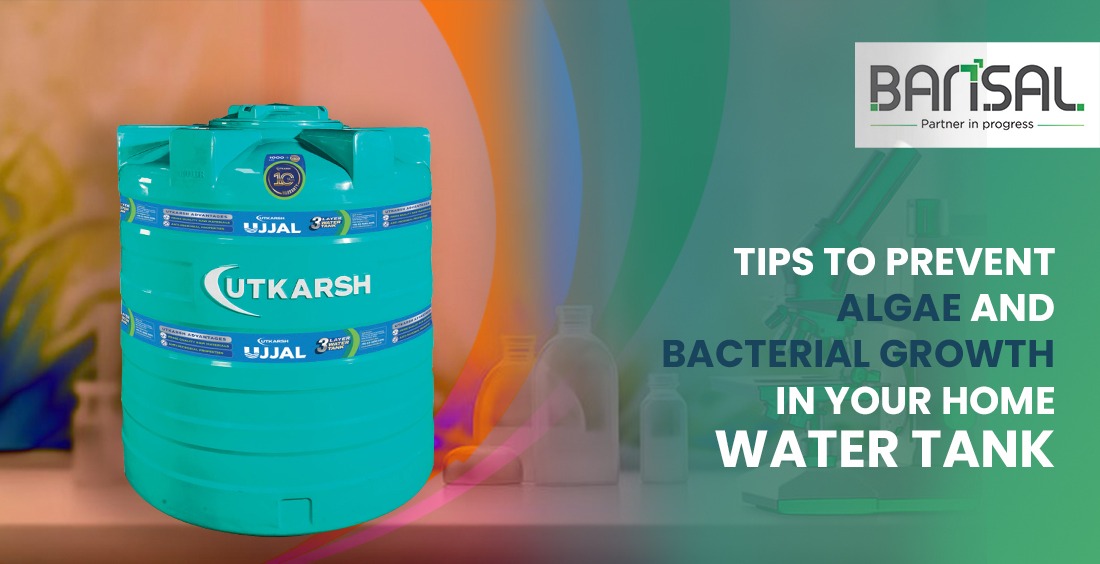
Tips to Prevent Algae and Bacterial Growth in Your Home Water Tank
Posted on: Sep 19, 2025
A water tank for home is essential for ensuring a steady supply of clean and safe water. However, if not maintained properly, it can become a breeding ground for algae and harmful bacteria. Contaminated water can affect your health, damage your plumbing system, and even give your water an unpleasant taste or odor. The good news is that with the right precautions, you can keep your tank hygienic and ensure safe water storage.
Here are some simple yet effective tips to prevent algae and bacterial growth in your drinking water tank for home.
1. Choose a High-Quality Tank
The first step to clean and safe water storage is selecting the right tank. Always go for tanks made from food-grade, UV-stabilized plastic. These materials not only keep water safe for drinking but also prevent sunlight from penetrating, which is the main cause of algae growth. Trusted water tank manufacturers design tanks with multiple protective layers to ensure durability and hygiene.
2. Keep the Tank Covered
Algae thrive in sunlight. If your water tank is left open or not sealed properly, direct sunlight will trigger algae growth. Ensure the lid is tightly closed and in good condition to block out dust, insects, and contaminants as well.
3. Clean the Tank Regularly
Regular cleaning is one of the most effective ways to keep bacteria and algae at bay. Ideally, your water tank for home should be cleaned every 6 months. Drain the tank completely, scrub the inner walls with a mild cleaning solution, and rinse thoroughly before refilling.
4. Use Chlorination or Disinfectants
Chlorination is a common method used to kill bacteria and prevent microbial growth inside the tank. You can also use safe, approved disinfectants to clean your drinking water tank for home, especially if it hasn’t been maintained for a while.
5. Install a Filtration System
Even if your tank is well-maintained, the water coming in may contain impurities. Installing a water filter or purifier before the tank inlet helps reduce the chances of bacteria and dirt entering the tank in the first place.
6. Monitor Water Quality
Keep an eye out for signs such as foul smell, discoloration, or slimy deposits inside the tank. These are early indicators of algae or bacterial growth. If you notice any of these issues, clean the tank immediately.
Read Also: The Importance of Food-Grade Materials in Drinking Water Tanks
Final Thoughts
Maintaining your drinking water tank for home doesn’t have to be complicated. By choosing the right tank, cleaning it regularly, and protecting it from sunlight, you can ensure safe, hygienic water for your family. Trusted water tank manufacturers in India provide tanks that are not only strong and durable but also designed to resist bacterial and algae growth. With the right precautions, your water tank for home will remain a reliable source of clean water for years to come.


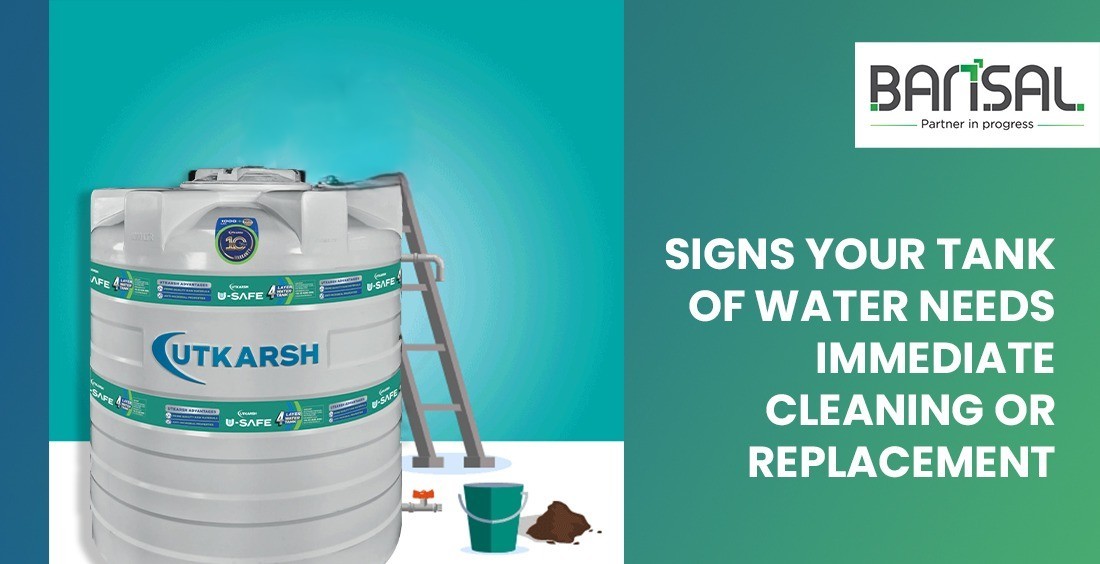
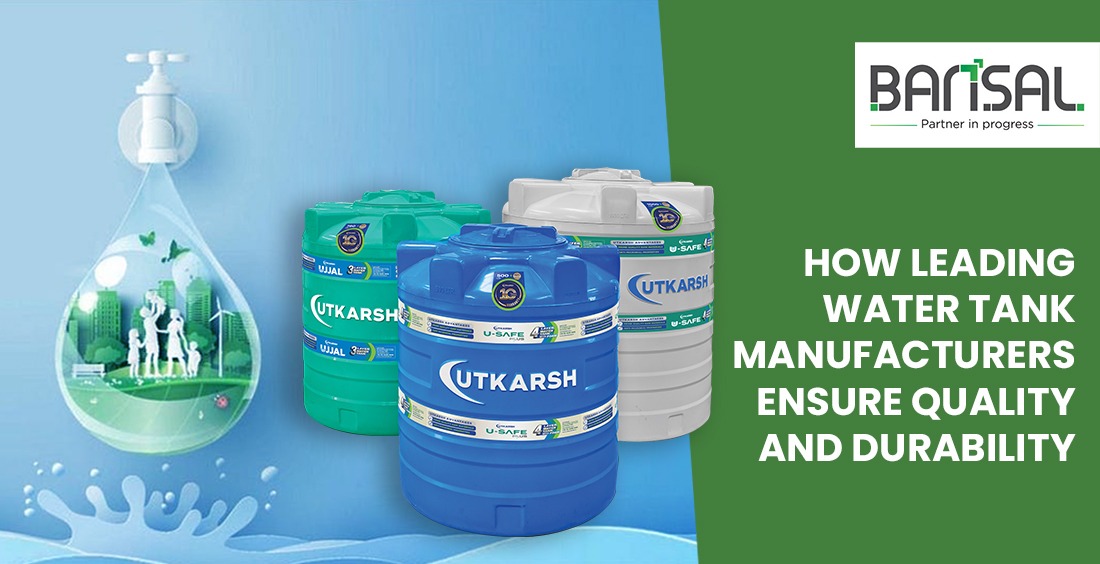

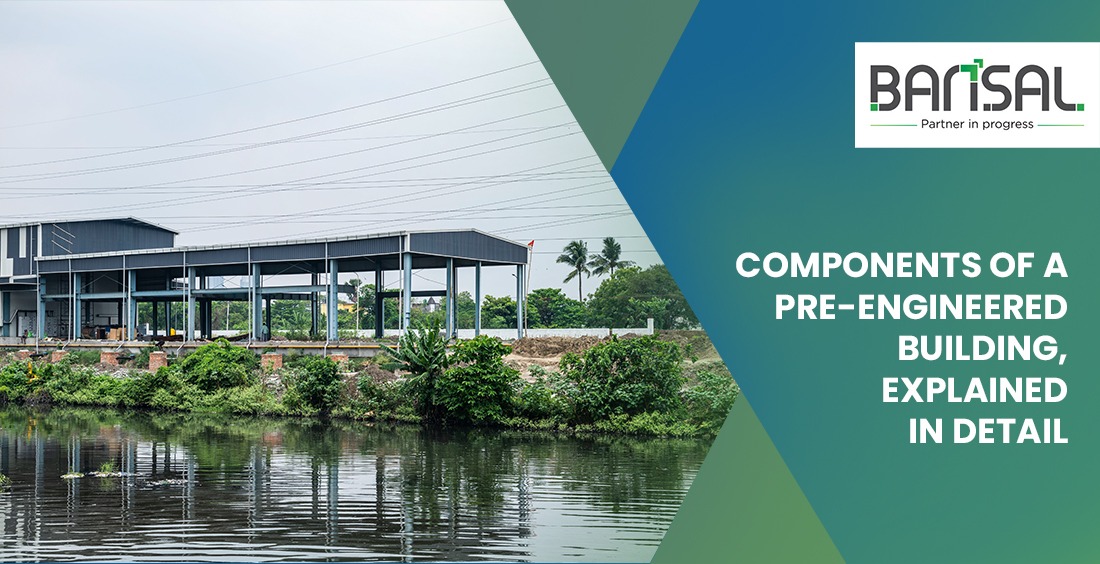
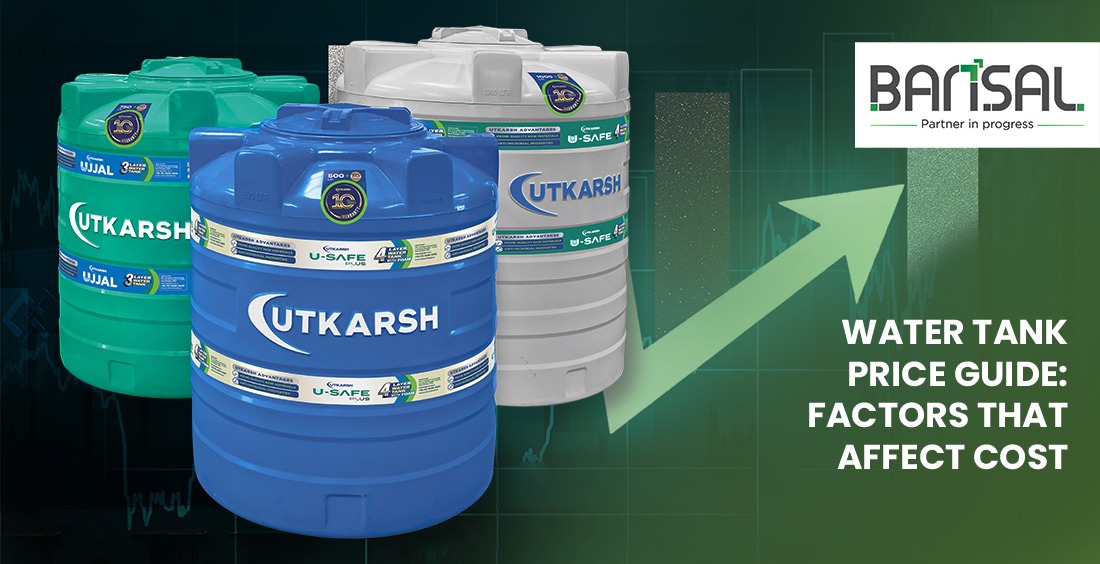
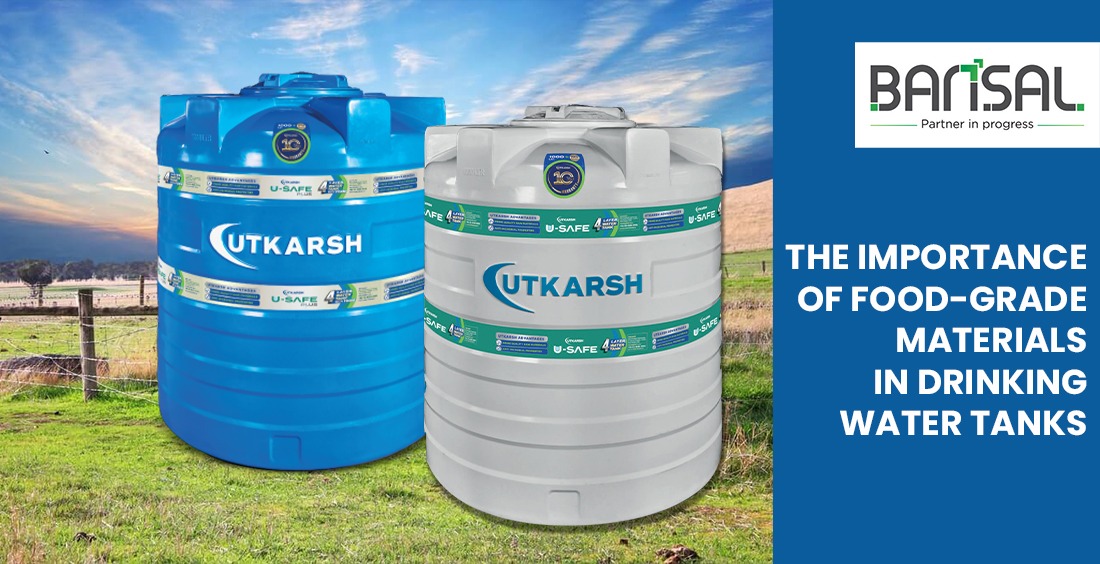


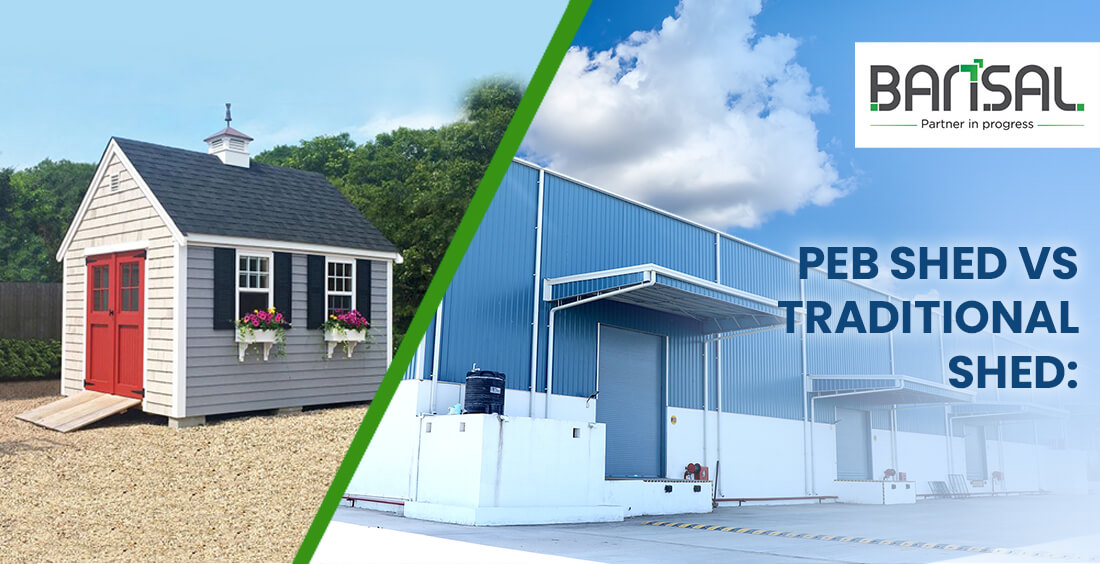




Comments (0)
Post Your Comment